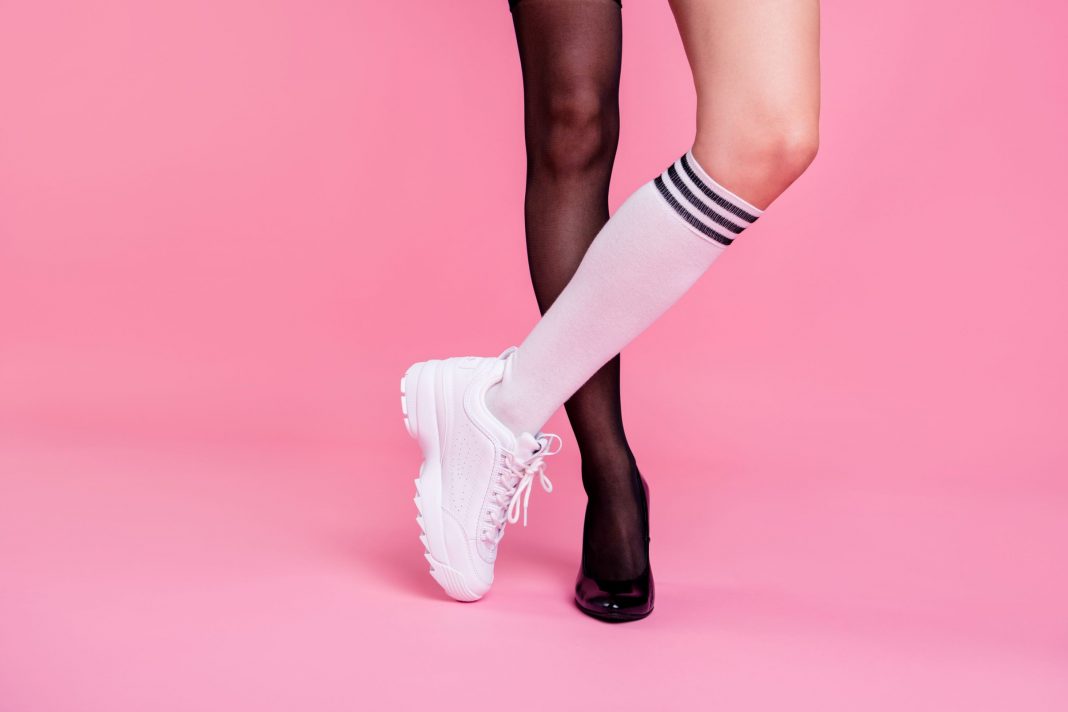Ever since the ‘Dad shoe’ trend, fashionistas continue to style orthopaedic shoes in ‘intentional’ ways. Even Barbie, who has been sporting stilettos since 1959, appears to be making the switch. Here in Canberra, supportive shoe staple, Happy Fit Footwear, is opening their second ever store in Manuka this spring, proving that comfy shoes have earned their place among fine fashion boutiques. Owner and podiatrist, Jane Earl, shares some insights on the history of heels.
High heels have had a ubiquitous place in fashion for over 400 years. They first emerged in the 1700s as a man’s shoe and were popularised by Louis XIV as a symbol of social status. They were soon adopted by aristocratic women, and with higher and narrower heels than those worn by men, became a symbol of femininity. By the 1800s, women of all classes were wearing them.
In the 1730s, men ditched the heels in favour of more comfortable, physically functional footwear. But for women, the physical functions of footwear have long been overshadowed by the social and psychological functions.
Fast forward to the 2020s, and finally women are becoming liberated from the burden of uncomfortable footwear. Last month, Qantas announced female flight attendants would no longer be required to wear high heels. This follows a recent trend by other major airlines to bring their uniform policies into the 21st century by offering more athletic footwear options, especially for long-haul flights. Under Australian anti-discrimination laws, employers can now be fined for forcing women to wear high heels as part of their work uniform.
The Covid-19 pandemic appears to have been a catalyst in the paradigm shift towards comfort footwear and more relaxed dress codes. During the recent lockdowns, over a quarter of Australians worked remotely, and since returning to the office, many employees are adopting a more casual work attire.
It would seem many pre-Covid heel wearers have been reformed, and stilettos may have become a casualty of the pandemic. According to a recent Amex customer trend survey, women were twice as likely to state they were excited to buy ‘comfortable’ footwear versus pairs suited to ‘professional dress’.
Later this month, the much-anticipated Barbie movie will hit Australian cinemas. The viral trailer shows how Barbie is undergoing somewhat of an identity crisis. The final tipping point comes when the heels of her feet, usually elevated in a tip-toed position, suddenly make ground contact.
She is delivered a choice of staying in Barbie Land, symbolised by a pair of pink stiletto-heels, or entering the real world, represented by a pair of classic brown Birkenstock sandals. We will have to wait another week to see how things work out for Barbie and her Birkenstocks, but in the real world, the transition to comfortable footwear doesn’t need to be all-or-nothing. There is such a thing as a happy medium. There can still be room for high heels; special occasion footwear, to be worn, occasionally.
It’s the shoes we wear most of the time that should be comfortable and appropriate for activity.
Footwear fashions are evolving. No longer should we feel pressured to force our feet into footwear designed for Barbie Land. We are real women, living, walking, and working in a real world. It’s time to embrace the revolution and take our place in history as the generation that finally sent stilettos to the archives!
Canberra Daily would love to hear from you about a story idea in the Canberra and surrounding region. Click here to submit a news tip.



